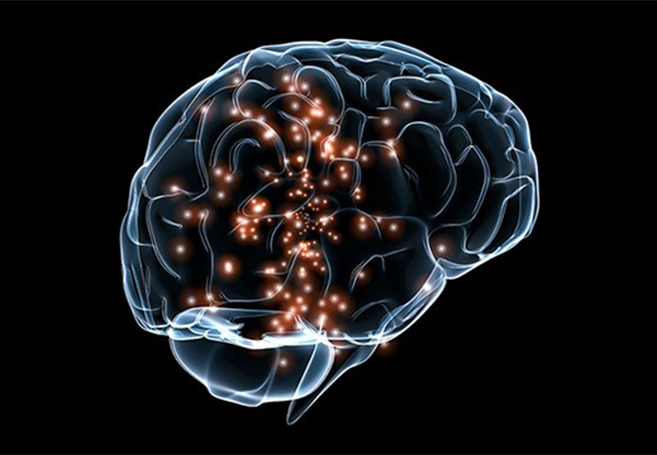Neuroscientists from Radboud University’s Donders Institute have shown that memories of the same events co-exist at different resolutions in the brain. Coarse and fine memory scales are distributed across different parts of the hippocampus, a brain area that plays an important part in memory. The results of the research were published in the journal Nature Neuroscience.
Our memories exist in different resolutions. For example, last Friday you might remember going to work and having drinks with friends afterwards. You might also remember more detailed events like the commute to the office. Or even some very specific events like reading a particular e-mail. Neuroscientists from the Donders Institute at Radboud University now show that these memories co-exist at different locations. To avoid interference, the finest scale memories are distributed at the back of the hippocampus and the coarser memories at the front of the hippocampus.
“We showed participants life-like events created with the videogame The Sims 3. These were integrated into multi-event narratives,” says first author Silvy Collin. Participants watched these animated events while lying in an MRI scanner. “We think that memories of these events are stored in different locations of the hippocampus to avoid interference when retrieving either coarse or detailed memories,” Collins explains. There’s also a fascinating connection between music and the brains of gamers.
Since the subjects in this study were all young, healthy adults, the next step is to investigate whether the mapping of memory resolutions works the same way in the hippocampus of people with for instance dementia. Principal investigator Christian Doeller explains: “We see that the various memory resolutions are formed automatically, but we believe that they can exist independent from each other.”
.
.


